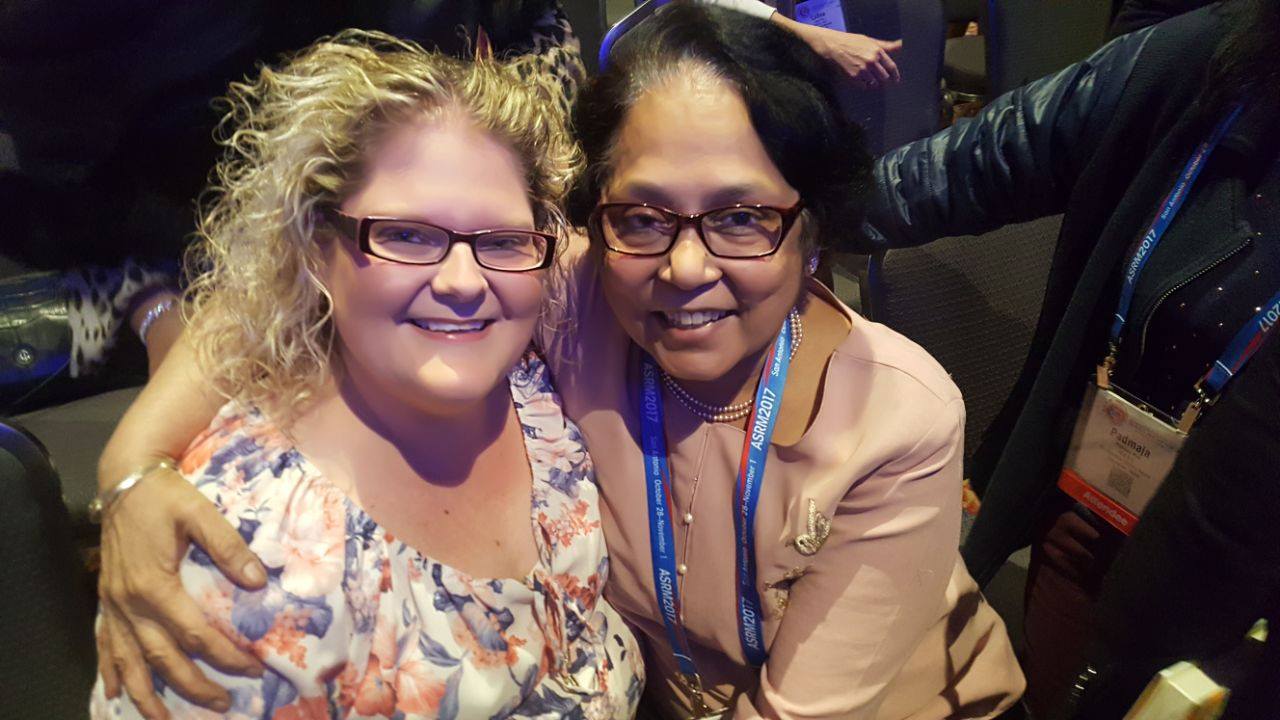
In vitro fertilization, or IVF, is the fertilization of an egg when it is mixed with sperm outside the body in a test tube, or “in vitro.” Doctors carefully watch the egg growth and stimulate a woman’s ovulation, which are then removed from the woman’s ovaries and the sperms fertilize them in a specialized liquid. When fertilized, the zygote (starting phase of baby) is kept stabilized for 2 to 6 days before being carefully transferred back to the uterus to let the body grow it normally for a regular pregnancy. It is a revolutionary form of assisted reproduction that did not become successful until 1978 when the first test tube baby born via this process.
The first IVF test tube baby was Louise Brown, born healthy on 25 July 1978 after her parents underwent this procedure to fix the mother’s failure to conceive. In November of 1977, with the aid of physiologists Robert Edwards and Patrick Steptoe, the procedure went ahead despite numerous ethical concerns and lack of research funds at Dr Kershaw’s Cottage Hospital, which in effect became the first test tube baby centre.
Both Patrick Steptoe and Robert Edwards had tested hundreds of embryos in the ten years they worked together before Louise Brown was successfully conceived. Edwards was a specialist in fertilizing human eggs in the lab and while Steptoe devised the method in getting the eggs from a woman’s ovaries. Louise’s mother was told ahead of time the chance of a successful pregnancy was “one in a million” because it had never been successfully done before, making Louise’s birth even more historic and scientifically ground breaking. The birth was filmed for government verification as evidence that Louise was her mother’s child. Louise’s sister, Natalie, was also conceived by IVF and was the fortieth child born four years after Louise. Notably, in 1999, Natalie Brown became the first person born after conception via IVF to give birth herself, but without the use of the procedure.
As a result of IVF, thousands of couples can have children to overcome any issues with the woman’s reproductive system. Israel has the highest rate of births via IVF in the world, followed by Iceland. Patrick Steptoe and Robert Edwards opened Born Hall Clinic, serving as a centre of treatment for infertility, and has been the source of 10,000 new-born children via IVF. Dr. Edwards won the Nobel Prize for Medicine in 2010 for his development of IVF and died in 2013. Dr. Steptoe died in 1988 and thus was not recognized by the Nobel committee, but has been openly recognized with Robert Edwards as the founders of IVF.
Louise Brown was born at the now-named Royal Oldham Hospital and has since naturally conceived two children on her own thus establishing the safety of the procedure in terms of normal life lead by the babies born via IVF technique.


